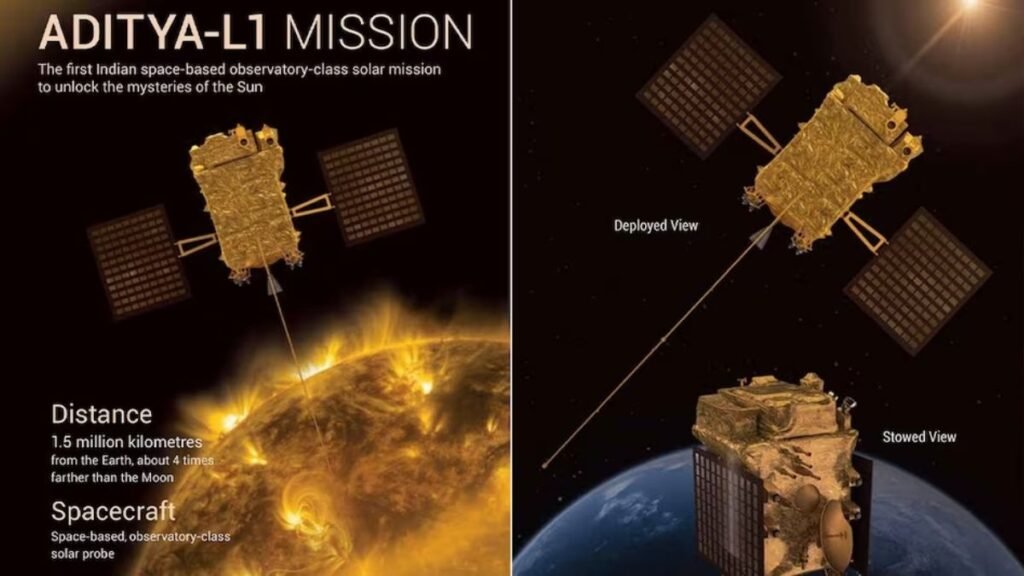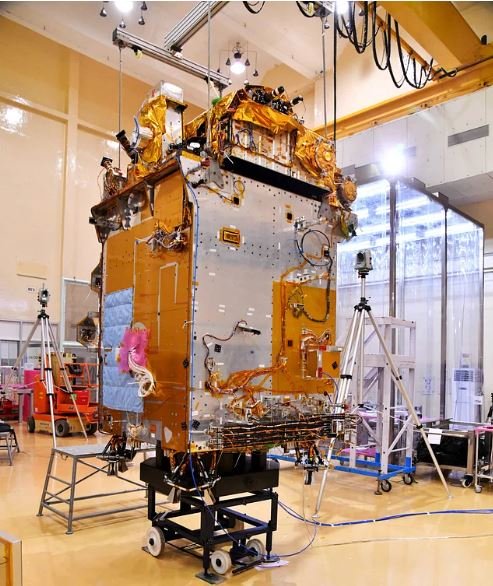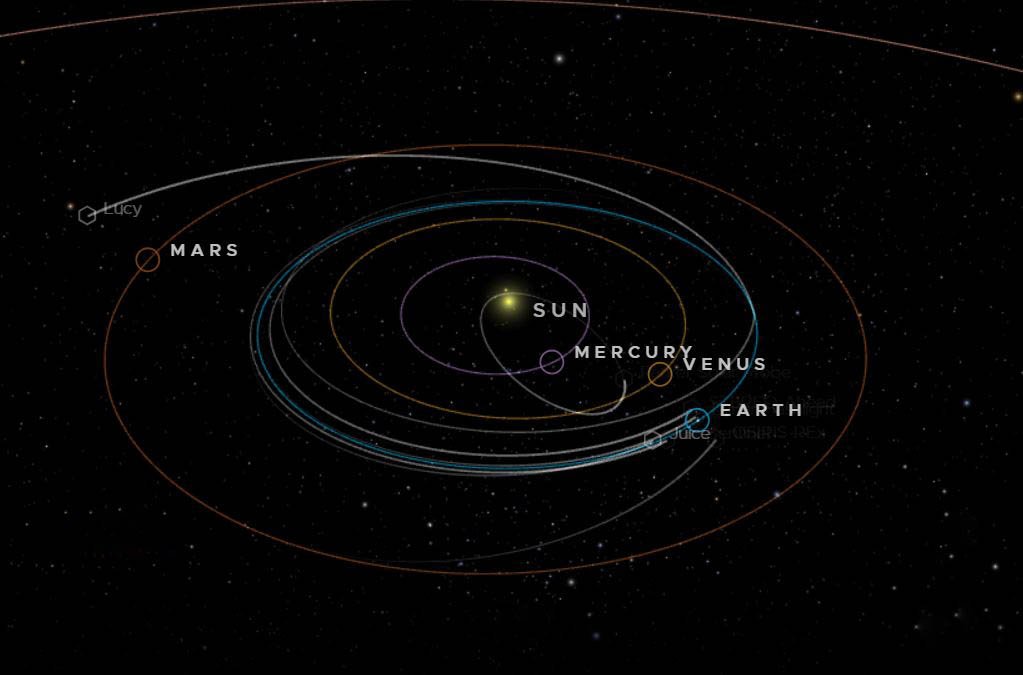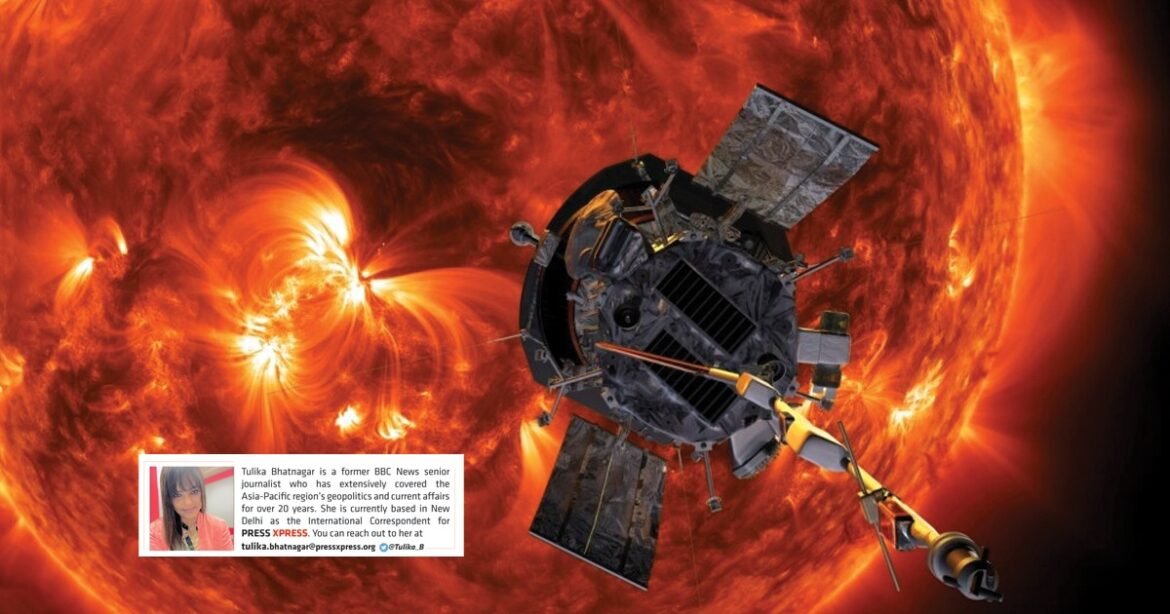India’s soaring space ambitions are taking another giant leap with the launch of its maiden mission to the Sun on 2 September.
What it aims to do is to study the outer surfaces of the Sun, the atmosphere in space, and how solar activities affect it.
It’s an arduous task.
The probe, called Aditya L1, will take 125 days to reach its destination in space, traveling 1.5 million kilometers away from Earth.
This is nearly four times the distance between the Earth and the Moon, where India recently made history by becoming the first nation to land its Chandrayaan-3 probe on the South Pole of the Moon.
What’s Aditya L1 all about?
Aditya means “the Sun” in Sanskrit and Hindi.
The L1 in its name comes from the Lagrange Point L1 – a point right above the equator – where the tug of gravity between the Moon and the Sun balances out.
It means less fuel consumption by the space probe, which will eventually park here, after its launch at 0620 GMT on Saturday.
The launch site is the Satish Dhawan Space Centre in the southern city of Sriharikota, the same place from where India recently launched its lunar probe mission on 14 July.
The probe comes at a time when the Sun is ramping up its activity level, and its solar flares are expected to reach a peak by 2025, called the solar maximum.
Missions like Aditya L1 are therefore, an attempt to understand how the ramped up solar flare activity will affect solar winds, radiation, and weather on other stars and planets in the solar system, including the Earth.

Other key solar missions
Ahead of India, the US space agency NASA had launched the Parker solar probe in 2018, which is so far the closest humanity has ever gone to the big star.
In 2021, Parker “flew right up to the Sun’s corona (upper atmosphere) and sampled particles and magnetic fields” there, according to a post by Nasa on its website. “It is designed to swoop within about 6.5 million kilometres of the Sun’s surface. In June 2023, the Parker Solar Probe plunged into the Sun’s atmosphere to capture the granular details of how its solar wind is made.”
The European Space Agency also launched a joint mission with NASA, called the Solar Orbiter, in 2020. The idea is to understand how the Sun creates and controls the constantly changing space environment throughout the solar system?
There are many other key solar missions launched since the late 1990s mostly by the US but also led by other countries such as Japan, aimed at developing a better understanding of the Sun.
Compared to NASA’s Parker probe, Aditya L1 will travel a relatively smaller distance – about 1% of the total 151 million kilometres distance between the Sun and the Earth.

How much will Aditya L1 cost?
According to the government data, $46 million was initially sanctioned for the Aditya L1 mission in 2019. The Indian Space Research Organization (ISRO) has not given any official update on the costs.
But it’s a very ambitious mission for India. “With the help of seven instruments that Aditya L1 will carry to the L1 point, we aim to study the Sun for a period of the next five years,” said Raghunandan Kumar, Director at India’s Planetary Society, in an article by Hindustan Times (HT).
“These instruments or payloads were made by smaller institutes” in collaboration with the Indian Institute of Astrophysics, according to Nilesh Desai, Director of the Gujarat-based Space Applications Centre. “That is the uniqueness of this particular mission,” he told HT.
Setting sight on the Sun
The long-term significance is to be able to predict and understand whether the Sun is going to emit the same radiation, as it does now, or will it change.
“Our existence depends on the Sun,” solar physicist Prof Dipankar Banerjee told NDTV. “There have been many ice ages on the Earth and we don’t fully understand them or whether they happened because of the Sun.”
The Indian solar mission will give us an opportunity to study the Sun from a full-fledged observatory in space, and also from the ground, he said. “This will give us new perspectives, new capabilities. We are looking forward to it.”
Meanwhile, ISRO chief S Somnath has expressed hope for India’s new space aspirations.

There are many more to go, he told reporters recently, the key one being Gaganyaan-1, India’s first human spaceflight mission. The first trial (without any human astronaut) is due in October, but by 2024, the country aims to send a crew of three to an orbit of about 400km in space.


